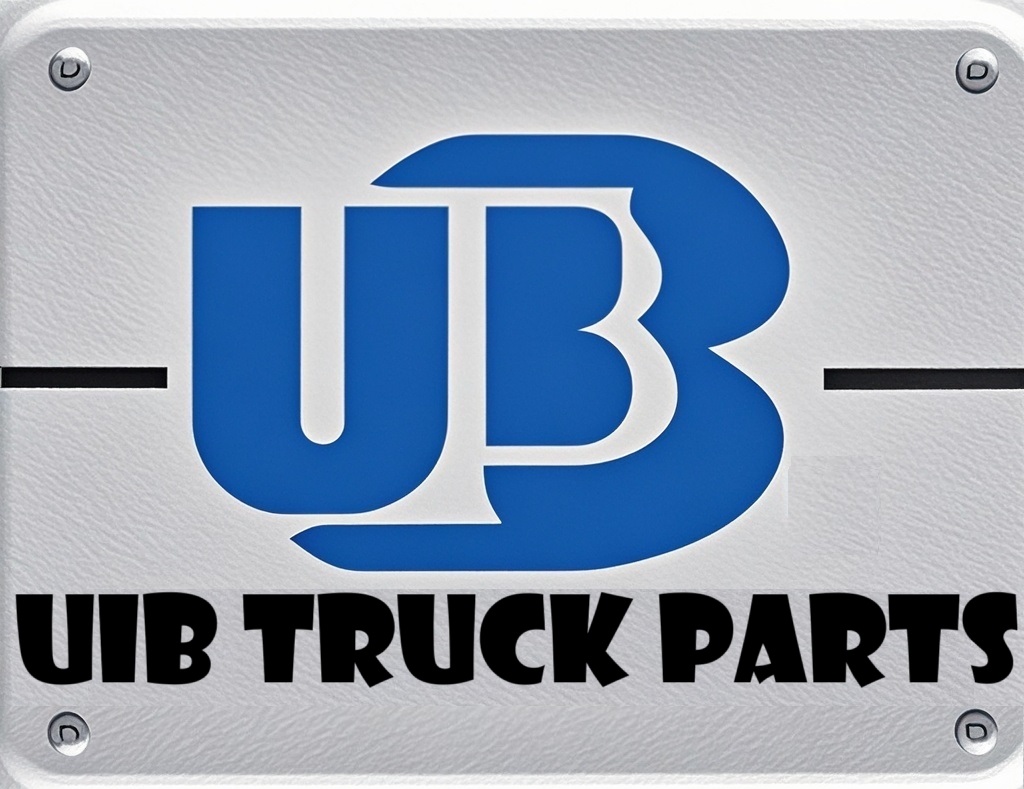About Us
Trucks vs. Lorries: Stop Confusing the Two Mainstay Vehicles in Logistics and Transportation
Views : 290
Update time : 2025-06-26 11:22:34
In the realm of logistics and express delivery, trucks and lorries are the most commonly seen transportation vehicles. Many people assume that "truck" and "lorry" are merely different names for the same vehicle. However, they are actually two distinct types of vehicles that are both related and different. Today, Lengyi Transportation Technology is here to clarify the differences between them. Although both fall under the category of goods - carrying vehicles and are eligible for vehicle loans, these detailed distinctions should not be overlooked.
I. Analysis of Core Differences
1. Number of Wheels and Loading Capacity
- Lorries: Typically designed with four wheels, they have a loading capacity ranging from 2.5 to 5 tons, making them suitable for light - load transportation over medium - to - short distances.
- Trucks: Offer a more diverse range of wheel configurations, including 6 - wheel, 10 - wheel, 12 - wheel, all the way up to 22 - wheel models. Their load - bearing capacity varies from a dozen tons to several dozen tons, positioning them as the workhorses for heavy - load transportation.
2. Body Structure Characteristics
- Trucks: Characterized by an open - top design, with a completely exposed cargo area. This structure makes them ill - suited for long - distance transportation.
- Lorries: Commonly equipped with enclosed cargo boxes or coverable roofs, specifically designed for long - distance cargo transport. They are better able to withstand complex road conditions and inclement weather.
3. Definition Scope of Vehicle Types
- Trucks: Formally known as goods - carrying vehicles, they generally refer to vehicles used for transporting goods and commodities. Trucks are a specific type within the broader category of lorries.
- Lorries: Commercial vehicles specifically designed and equipped for carrying goods. The term encompasses a wider range of vehicle types, including those capable of towing trailers.
4. Conceptual Inclusion Relationship
Trucks are inherently part of the lorry category, but lorries are not equivalent to trucks. Lorries are a general term that includes various vehicle types such as trucks, box trucks, and flatbed trucks.
II. Detailed Explanation of the Drive Form of Goods - Carrying Vehicles
1. Meaning of the Drive Form
Parameters such as 6x4 and 8x4, commonly seen when purchasing goods - carrying vehicles, represent the vehicle's drive form:
- The number before "X" indicates the total number of wheels on the vehicle (dual - wheel assemblies count as one wheel).
- The number after "X" indicates the number of driven wheels.
- For example, an 8X4 model, when converted to the number of axles, is a 4 - axle vehicle, with 2 axles being driven axles.
2. Analysis of Common Drive Forms
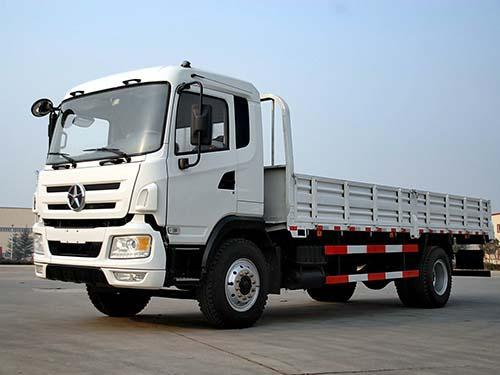
- 4X2 (Single - Axle Vehicle): A two - axle design with a total of 4 wheels, where the rear 2 wheels are the driven wheels. Ideal for light - load transportation over short distances.
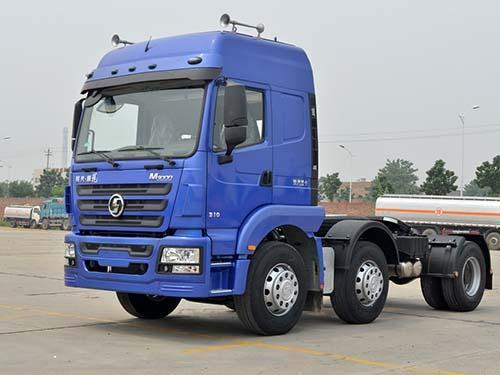
- 6X2 (Three - Axle Vehicle):
- The dual - front - axle design, commonly seen in China: The front axle is a steering axle, the second axle is a trailing steering axle, and the third axle is a driven axle.
- The rear - suspended - axle design, more prevalent abroad: The front axle is a steering axle, the second axle is a suspended axle, and the third axle is a driven axle.
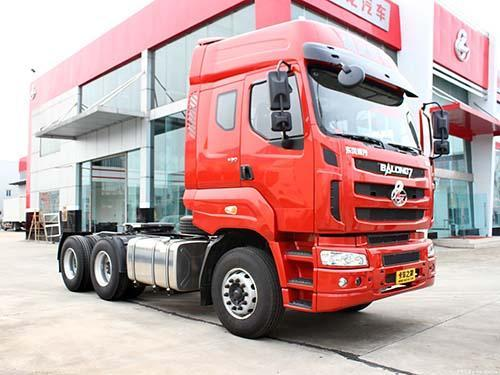
- 6X4 (Three - Axle Vehicle): The front axle is a steering axle, and the rear two axles are driven axles, suitable for medium - to - heavy - load transportation.
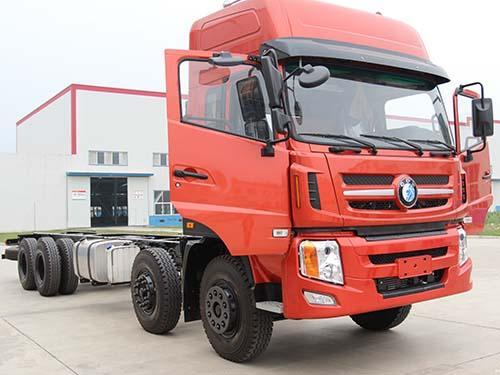
- 8X4 (Four - Axle Vehicle): The front axle is a steering axle, the second axle is a trailing steering axle, and the rear two axles are driven axles. This is the mainstream choice for heavy - duty cargo transportation.
Correctly distinguishing between trucks and lorries and understanding the technical parameters of drive forms can help logistics professionals make more accurate vehicle selection decisions. Do you have any practical experiences or questions regarding these two types of vehicles? Feel free to share and discuss.
Related News
 Revealing Three Little-Known Facts About Trucks
Revealing Three Little-Known Facts About Trucks
Aug 06,2025
This article presents three little-known facts about trucks, including that the cab can be flipped for engine maintenance, the rearview mirrors are equipped with defrosting and deicing functions, and the small tank next to the fuel tank is an urea tank which is crucial for environmental protection. It helps readers understand the secrets behind truck designs and functions.
 Control Valve: The "Key Steward" in Truck Engines
Control Valve: The "Key Steward" in Truck Engines
Aug 05,2025
This article introduces the role of the control valve in the diesel pump, including controlling fuel quantity and stabilizing pressure; lists symptoms when it malfunctions, such as weakened power and increased fuel consumption; provides maintenance methods, and illustrates through cases that paying attention to the control valve can avoid unnecessary expenses.
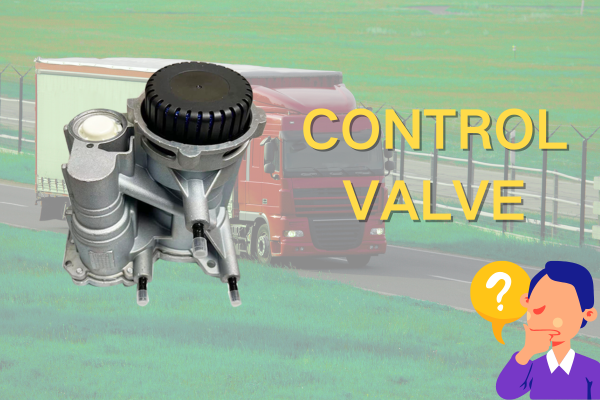 Control Valve: The "Invisible Commander" of Truck Power
Control Valve: The "Invisible Commander" of Truck Power
Aug 05,2025
The control valve is an indispensable core regulating component in the truck power system. Although it hides inside the machinery and keeps a low profile, it relies on its powerful functions to precisely command the rhythm of power output, comprehensively ensure driving safety, and intelligently adapt to various working conditions. With sophisticated design techniques and durable material selection, it can achieve a perfect balance between power and efficiency in various complex scenarios, and can be called the invisible cornerstone supporting the efficient and stable operation of trucks.
 Truck Snow Chains: Safety Guarantee on Icy and Snowy Roads
Truck Snow Chains: Safety Guarantee on Icy and Snowy Roads
Jul 28,2025
This article elaborates on truck snow chains, including their important role on icy and snowy roads, applicable scenarios, selection methods, installation steps, and usage precautions. It aims to provide references for truck drivers to drive safely in icy and snowy weather and reduce accidents caused by slippery roads.
